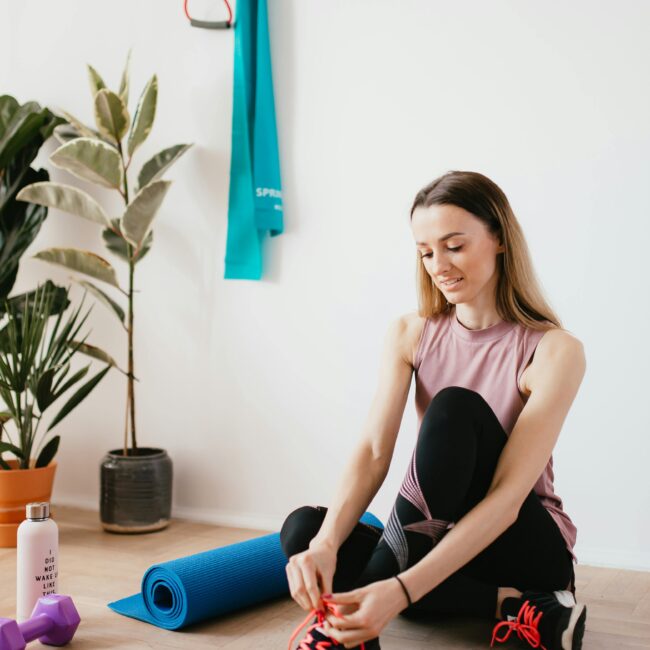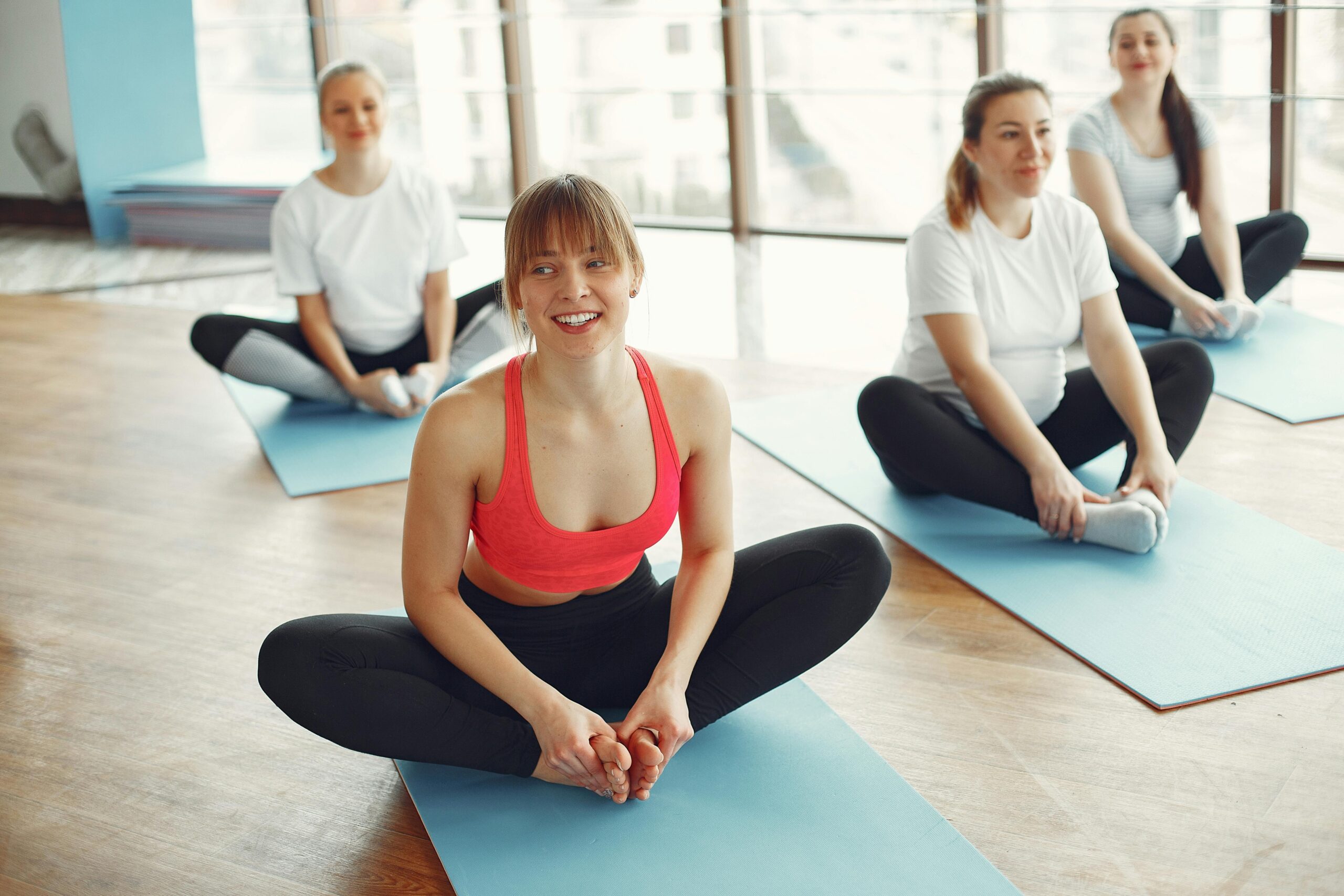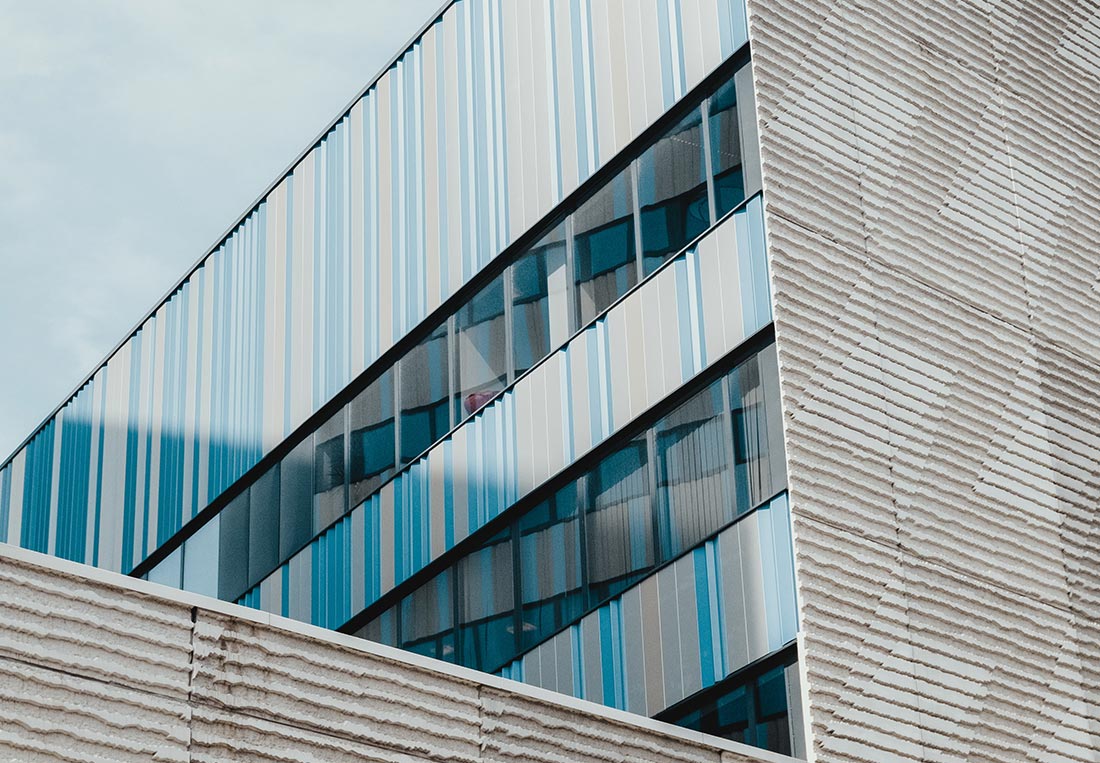Multi-Use Facilities: The Key to Building Stronger Communities
As cities grow, the demand for multi-use wellness facilities is rising. These spaces combine fitness, social, and work elements to create vibrant communities that support well-being.
What Are Multi-Use Wellness Facilities?
The Role of Fitness and Recreation in Community Building
Multi-use spaces blend fitness, relaxation, and collaboration in a single location. From co-working spaces with yoga studios to residential buildings with shared wellness hubs, these facilities cater to modern lifestyles.
When people have access to shared wellness spaces, they:
- Feel more connected – Social fitness activities encourage bonding.
- Lead healthier lifestyles – Easy access to wellness programs increases participation.
- Experience better work-life balance – Combining work and wellness in one place enhances quality of life.
Great spaces do more than house people—they inspire, connect, and elevate communities.


Benefits for Developers, Businesses, and Residents
- For developers: Higher property demand and longer tenant retention.
- For businesses: Engaged employees with increased productivity.
- For residents: A convenient way to stay fit, socialize, and relax.
Best Practices for Designing a Multi-Use Facility
- Offer versatile spaces that accommodate different activities.
- Invest in high-quality fitness equipment and wellness amenities.
- Create programming that fosters engagement, such as wellness workshops and group training.
Wellness real estate isn’t just a trend—it’s the future. By prioritizing well-being, developers create spaces where people want to live, work, and thrive.
Conclusion
Multi-use wellness facilities bridge the gap between fitness, community, and work-life balance. These spaces offer convenience, engagement, and a sense of belonging, fostering healthier lifestyles and stronger social connections. The key to success lies in creating flexible, inclusive, and engaging environments that cater to diverse needs.




